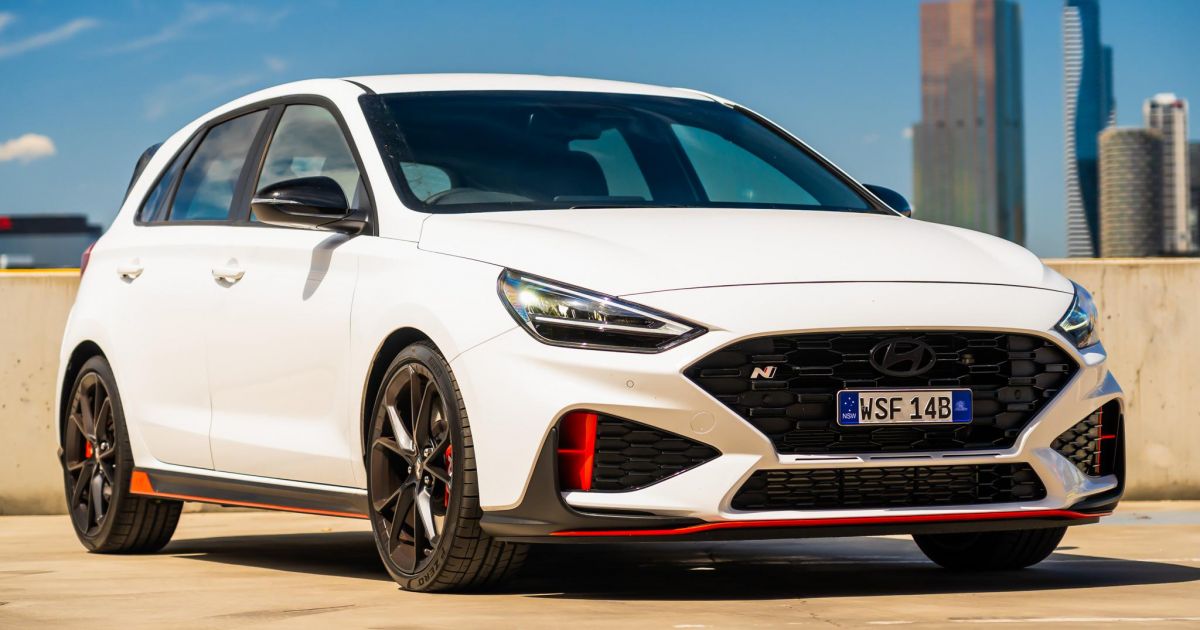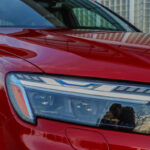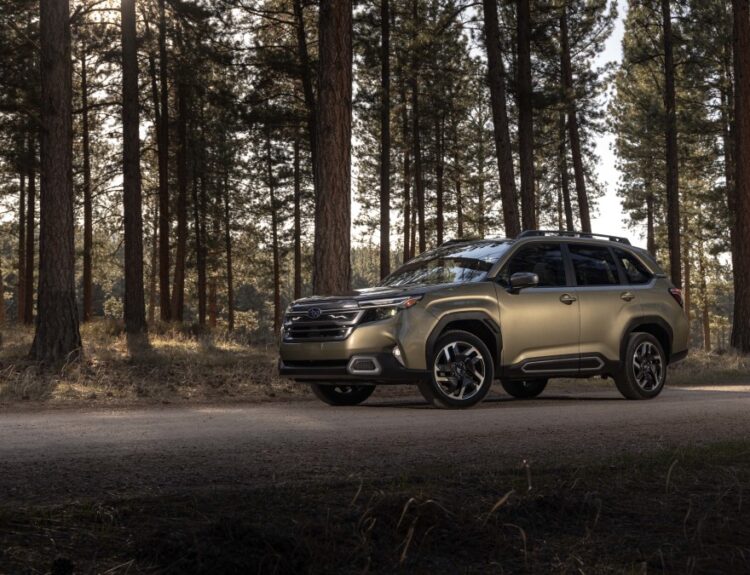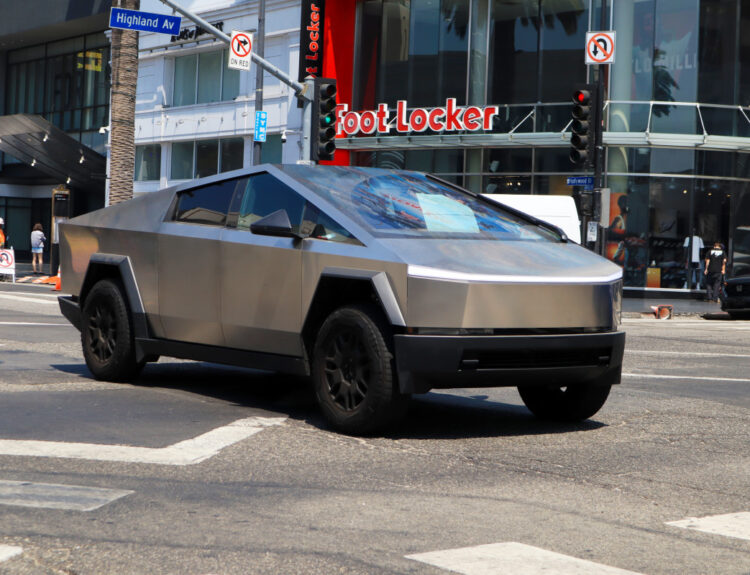As a devoted enthusiast of high-performance automobiles, I find myself compelled to commend Hyundai for the remarkable strides it has made with its N sub-brand.
In a mere decade, Hyundai N has established itself as a notable player not only in motorsport but also within the wider automotive landscape, reshaping the perception of a brand that once struggled to ignite the passion of car enthusiasts.
Following in the footsteps of Toyota’s Gazoo Racing division, Hyundai has successfully rekindled the love for exhilarating driving experiences by delivering sporty, budget-friendly vehicles without sacrificing quality—even amidst industry-wide calls for eco-consciousness.
Both manufacturers have demonstrated that increasingly stringent emissions regulations need not herald the demise of driving enjoyment—at least not while electric vehicles are still finding their footing in the marketplace.
Hyundai’s journey into performance automobiles began with the i30 N, launched in 2017. This model has since become the flag bearer for the Hyundai N brand, blending thrilling performance with practical usability at an appealing price point.
Over the years, the i30 N has seen several updates, and the 2025 model year is no exception. Enhancements for this iteration include a striking new matte grey finish on the 19-inch forged wheels, a refreshed grille, and bold red accents on the side skirts and front bumper.
Inside, the 2025 model introduces a 10.25-inch digital instrument cluster, reminiscent of the i30 Sedan N, along with an upgraded safety technology suite. However, this refinement comes at a cost—prices have risen by as much as $4,300.
Does this mean the i30 N has lost its status as the people’s performance car? Or does it continue to offer a thrilling alternative to competitors like the Volkswagen Golf GTI and Subaru WRX?
Pricing Breakdown for the Hyundai i30 N
The Hyundai i30 N has seen a price adjustment across the board for the 2025 model year. Manual versions have increased by $3,800, while automatic models price rises by $800 compared to the previous iteration. The flagship i30 N Premium is now $4,300 more for manual variants, although the automatic variant is $200 cheaper.
Model and Price Before On-Road Costs:
- 2025 Hyundai i30 N Manual: $50,000
- 2025 Hyundai i30 N Auto: $50,000
- 2025 Hyundai i30 N Premium Manual: $53,500
- 2025 Hyundai i30 N Premium Auto: $53,500
For a detailed comparison against competitors, be sure to utilize our comparison tool.
Inside the Hyundai i30 N
It’s evident that a significant portion of the budget for the i30 N has been designated for performance enhancements. This focus is welcome: the interior remains user-friendly, with just enough flair to encourage enthusiastic driving.
Grounded in a mainstream hatch, Hyundai doesn’t shy away from revealing that fact. Consequently, the interior features hard plastics, and even the handbrake lever opts for a utilitarian look rather than an upscale finish.
Nonetheless, Hyundai enhances certain areas to give the cabin a performance-oriented edge. The i30 N features bespoke seats that set it apart from its less spirited siblings, with two options available—a base model with sporty cloth-trimmed seats and the Premium trim boasting dedicated bucket seats.
The comfort of these seats strikes a commendable balance, offering both support and adaptability, complete with power lumbar adjustments. Unique N-specific stitching and embroidery distinguish the performance model from standard variants.
Drivers benefit from a low seating position that promotes excellent visibility. Unlike many hot hatches that have higher seating arrangements, the i30 N connects you intimately with the driving experience.
While the base model’s seats are comfortable, they forgo some desirable amenities like power adjustments and heating, pushing buyers towards the Premium trim for these enhancements.
Technological Features
The highlight of the 2025 model is arguably the new 10.25-inch digital instrument cluster, which replaces analog gauges and offers a modern and customizable display. Each driving mode features a distinct theme, allowing drivers to toggle between performance metrics like lap times and turbo boost pressures seamlessly.
To the left of the cluster sits a 10.25-inch infotainment touchscreen, which, while somewhat monotonous, features a user-friendly layout. Hyundai’s performance settings menu shines here, allowing extensive customization that rivals luxury brands.
However, the infotainment system does exhibit slower response times, and the omission of wireless smartphone mirroring is a regrettable oversight, especially when competitors offer this feature as standard.
Practicality remains a strong suit for the i30 N, offering ample storage solutions including sizeable door bins and a convenient glovebox. However, the rear seats may prove cramped for taller passengers, though amenities like USB-C ports and an armrest with cupholders enhance convenience.
When folded down, the 60/40-split rear seats unveil more cargo room, though the seating position limits flat folding. The boot itself holds 381 liters, featuring useful connectivity options and a space-saver spare wheel.
Under the Hood of the Hyundai i30 N
Powertrain specifications have remained unchanged for the 2025 model. The i30 N continues to sport a 2.0-liter turbocharged petrol engine, yielding 206 kW and 392 Nm of torque paired with an 8-speed dual-clutch transmission.
Driving Dynamics
The versatility of the i30 N allows it to thrive as both a playful and sensible hot hatch, depending on your selected drive modes. The phenomenal customization options available in the infotainment system cater to various driving preferences, from exhaust notes to suspension firmness.
At idle, the engine produces a gratifying rumble that entices drivers to explore its capabilities. Whether navigating urban environments or hitting open roads, the i30 N impresses with spirited handling and precise steering.
While some drawbacks, such as firmer suspension and low ground clearance, may detract from outright comfort, they highlight the i30 N’s performance intentions. Yet, when unleashed on twisty roads, the i30 N showcases its chassis prowess, eagerly tackling corners while providing ample traction through electronic limited-slip differential tuning.
Conclusion
With its array of standard features, the 2025 Hyundai i30 N embodies an excellent value proposition among performance hatchbacks priced around $50,000. Despite a few minor shortcomings in material quality and missing tech features, it remains a stellar choice for those prioritizing spirited driving alongside everyday practicality.
Whether you lean towards the base model or the Premium variant, the i30 N undoubtedly stands out in a competitive landscape, appealing to those eager for a thrilling yet functional ride.
Source:www.carexpert.com.au






